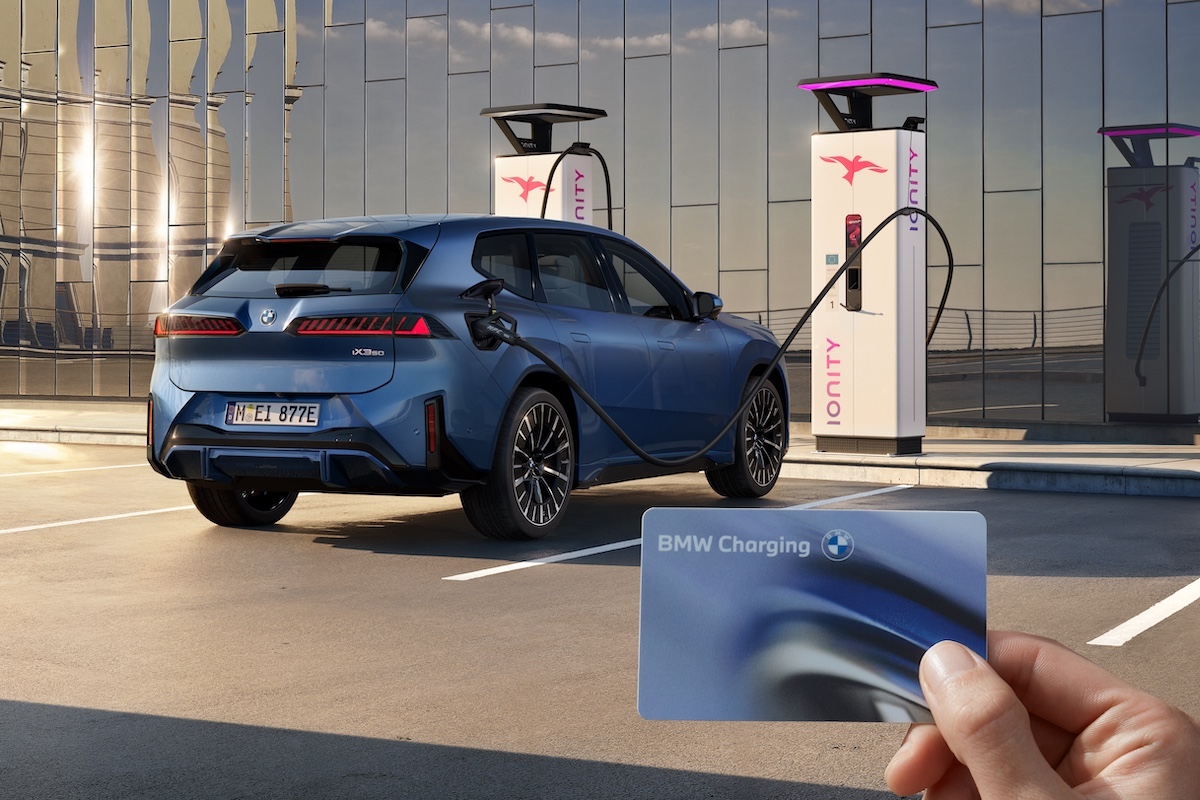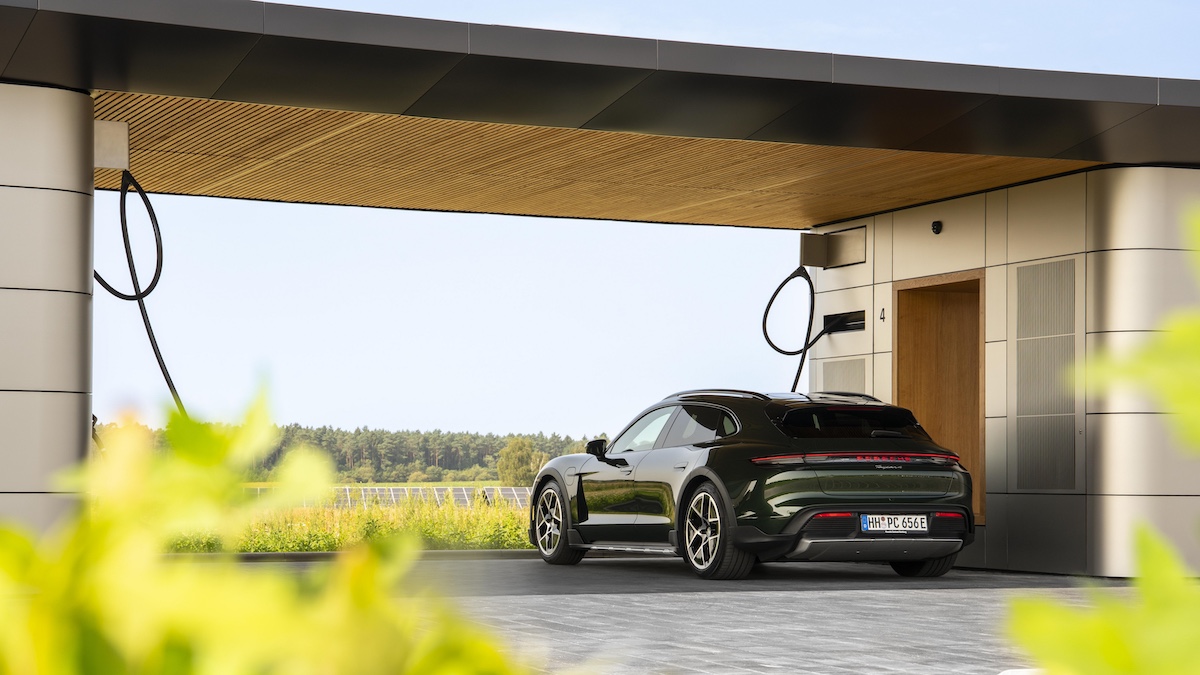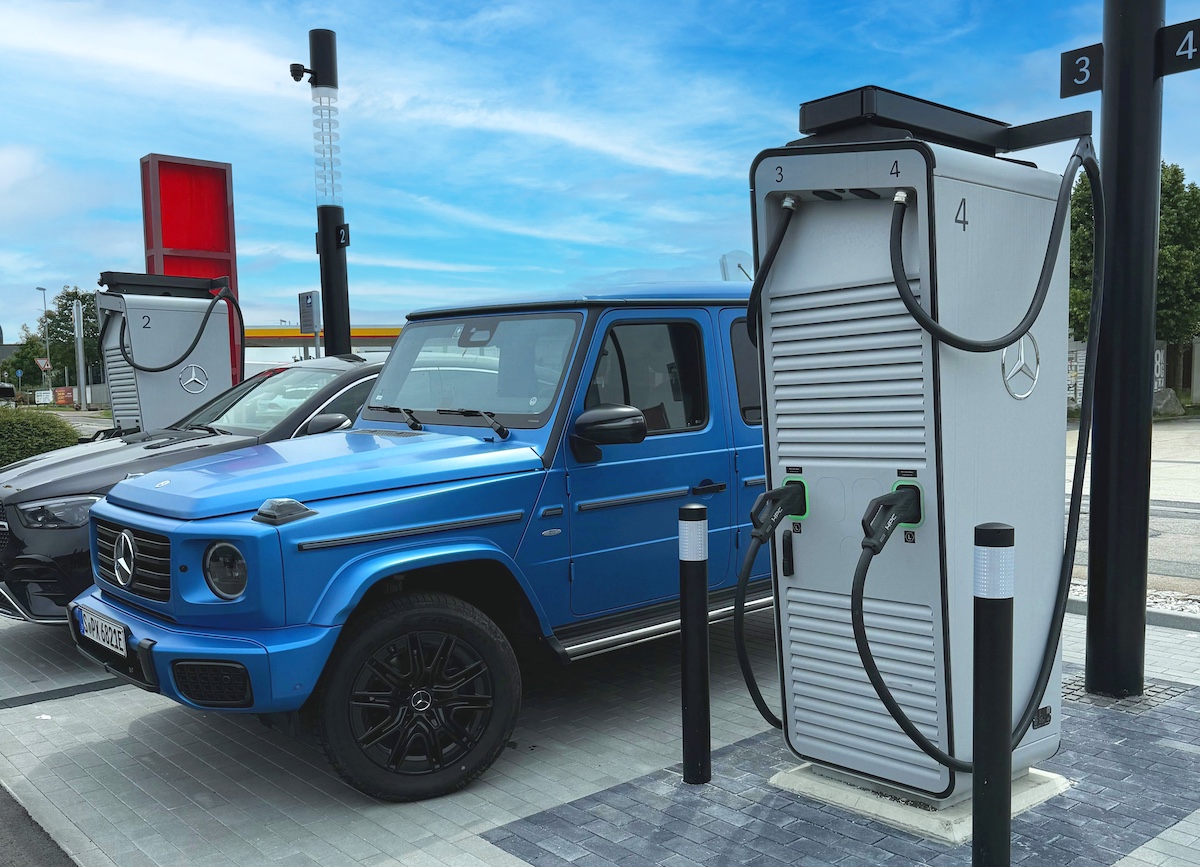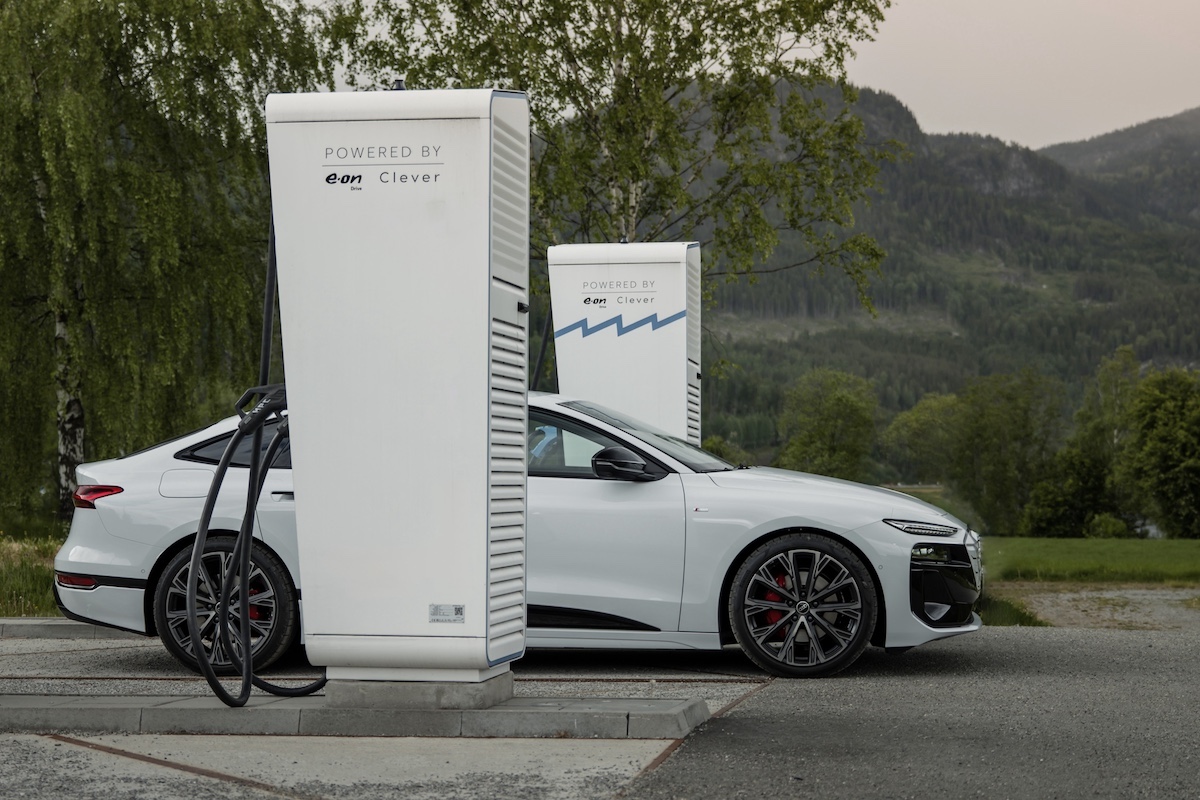As the industrial hub of Europe’s automotive sector, Germany is once again leveraging its industrial strength to challenge the EU’s policy trajectory. Merz stated clearly in several media interviews that he will “do everything in his power” to have the EU revise its zero-emission regulation and allow e-fuels as a legitimate way to extend the life of ICE technology. His position has gained support from the Association for Emissions Control and Climate (AECC) and Arnd Franz, CEO of German auto parts giant Mahle. Together, they argue that the EU must adjust its policy timeline to prevent a cascade of negative effects on employment and industry stability.

The European Commission has already begun discussions with automakers, suppliers, and related stakeholders to reassess whether the 2035 zero-tailpipe-emission sales mandate should be revised. Merz acknowledged that electrification will remain the central technological direction in the coming years, while announcing an additional €3 billion (approximately NT$119 billion) in subsidies to help low- and middle-income households purchase electric vehicles.

Germany’s move is not a wholesale rejection of electrification but rather a call for greater technological flexibility during the energy transition. Compared with a full shift to battery-electric vehicles (BEVs), both the German government and industry believe that leveraging carbon-neutral fuels or hydrogen technology to enable low-carbon ICE operation is a more pragmatic approach for diverse mobility needs. In particular, e-fuels still offer notable economic and energy efficiency advantages for long-haul transportation and heavy-duty commercial vehicles.

This argument also reflects the structural pressures facing Germany’s auto industry. The country’s vast ICE-based manufacturing ecosystem employs millions of workers and supports thousands of small- and medium-sized enterprises. Forcing a rapid phase-out of combustion technology within a decade could not only devastate jobs but also undermine the very foundation of “Made in Germany” manufacturing in the global automotive arena. Merz’s political maneuver is thus widely viewed as an effort to secure a “grace period” for Germany’s domestic industry.

Meanwhile, Europe’s electrification trajectory is revealing signs of internal conflict. While sales of pure electric vehicles continue to grow year over year, consumer demand for hybrids, plug-in hybrids, and range-extended EVs is also on the rise. Should the EU’s 2035 ban proceed as planned, these transitional technologies would all be swept off the market—inevitably triggering supply-demand gaps and price pressures.
Adding to the complexity, Chinese automakers are aggressively expanding into Europe with competitively priced EVs. Several brands, including GAC, have announced plans to strengthen their sales networks across the continent, offering high-value electric models that threaten to erode European market share. As a result, traditional European carmakers must now navigate a dual challenge—advancing their electrification strategies while fending off intensified external competition.
At a broader level, Germany’s opposition reflects not just domestic economic interests but also a growing rift within the EU over the pace of its energy transition. Supporters of the ban argue that maintaining the 2035 target is essential for Europe’s global climate leadership. Critics, however, warn that an overly aggressive timeline could drive industrial relocation, raise consumer costs, and weaken Europe’s innovation competitiveness.
Amid this tug-of-war, whether the EU will adjust its policy and allow carbon-neutral fuels as an alternative pathway remains uncertain. What is clear, however, is that the debate has moved far beyond technical discussions of vehicle emissions—it has become a strategic contest over Europe’s industrial survival, energy security, and global competitiveness.
In summary, Merz’s firm stance represents the German automotive sector’s pragmatic response to current energy policies and signals a turning point in Europe’s electrification strategy. In the years ahead, how the EU balances environmental ambitions with industrial stability will determine whether its automotive industry can retain global leadership. For Europe’s automakers, 2035 is not merely a policy deadline—it marks a pivotal moment to redefine their technologies, strategies, and very survival.